About Mirjan Fort
Mirjan Fort is a trademark of cultural glory, and is situated on National Highway 66, about 11 kilometers from Gomarna. The 16th century architecture and cultural marvels of this place has made it a popular tourist attraction.
There are various mythic tales behind who constructed the fort, or how it came to be the way we see it today. The most popular and widely accepted of all those stories is that of Queen Chennabhairadevi. She is a prominent historical figure as she built the fort under her matriarchal reign of 54 years in the 16th century.
The Mirjan Fort is flanked by the banks of Agnanishi River and is filled with high ceilings and bastions. There are four main entrances to the fort, each of which is laid out with steps made out of laterite stone, which is the material used for constructing the rest of the fort too. It is interspersed with several wells linked to the moat.
This interlinking is said to be a part of a defense mechanism used to protect the fort from external attacks. Thus, the fort has been a site of many battalions within its periphery and yet withstood the test of time.
At a distance of 11 km from Kumta, 22 km from Gokarna, 31 km from Honavar, 59 km from Karwar and 56 km from Murudeshwar, Mirjan Fort is a beautiful fort located in the village of Mirjan near Gokarna. It is one of the most popular heritage places to visit in Gokarna.
Located on the banks of the Aganashini River, a tributary of Sharavathi River, the Mirjan Fort is known for its architectural elegance, and is one of the must include places in Gokarna Tour Packages. Built over an area of about 10 acres, the fort is approached through a series of wide steps that lead to the interiors of the fort. It is a double-walled fort built using laterite stones and has high walls and bastions with high turrets. The fort has four entrances and is surrounded by a moat with interconnected wells.
Mirjan Fort has a rich history and there are many versions of the origin of the fort. According to one version, the fort was built in the 16th century by Chennabhairav Devi, Queen of Gersoppa, a subordinate of Vijayanagar kings. Her reign was one of the longest in the history of female domination in Indian history, from 1552 – 1606. The stronghold of her territory was centered on North and South Kanara districts and South Goa. After the battle of Tallikota in 1565, the territory was attacked by Bijapur Sultans. She shifted the base from Mirjan Fort to a safe location on an island in the middle of the Sharavathi River. In 1757, the Marathas gained control of the fort and later it was seized by the British in 1784.
Currently, the fort is being restored by the Archaeological Survey of India (ASI). In 2001, the ASI carried excavations in the fort and unearthed several laterite structures belonging to the medieval period. Antiquarian findings such as gold coins attributed to Portuguese Viceroy Conde De Sarzedas have been found along with cannon-balls, Chinese porcelain, clay tablets with Islamic inscriptions.
How to Reach Mirjan Fort
Mirjan Fort is located at a distance of 11 km from the city center, and the time required to cover this distance is 35 minutes on average. Being a small town, Gokarna does not have many options for commutation. Online Taxicab services do not operate here, which narrows the options to reach the fort to two:
Via Buses: Several buses drop you at the bus stand which is only at a distance of 5-minute walk to the fort. They get to the city bus station in periodic intervals and take about 45 minutes to reach the bus stand. This is the cheapest mode of commutation in Gokarna.
Via bike rentals: Another mode of commutation is via hiring bikes, cars, or cabs from the city. This is a better and more convenient option as you can roam about wherever you please after visiting the fort.
Best Time to Visit Mirjan Fort
The best time to visit Mirjan Fort is from September to February. You may encounter unpredictable showers till mid-September, but after that, the surrounding area is blooming with flowers and a lush green atmosphere. Even within the fort, there are several open-spaced grasslands with new vegetation budding across.
You can also visit the fort in summers, but the heat of the sun may tear you down, so carry umbrellas, hats, sunglasses, and sunscreen for protection. Monsoon is usually accompanied by thunderous rainfall, which makes it difficult to sightsee the open spaces of the fort.



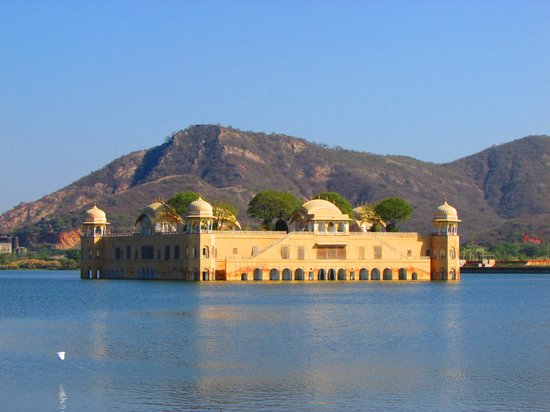
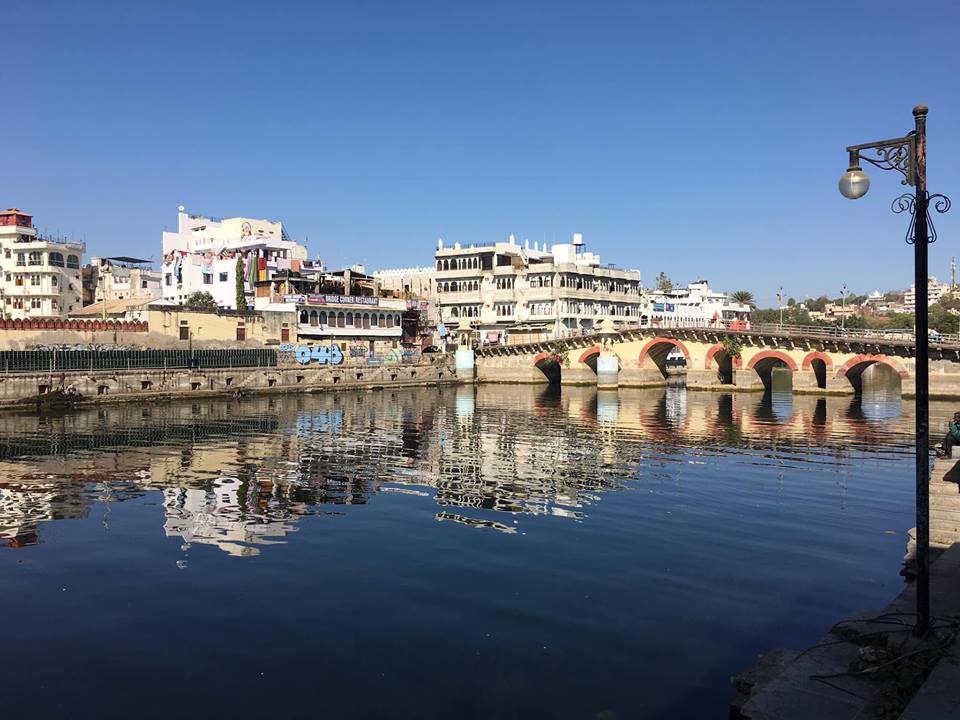
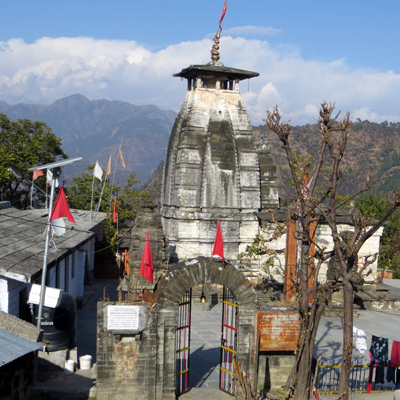

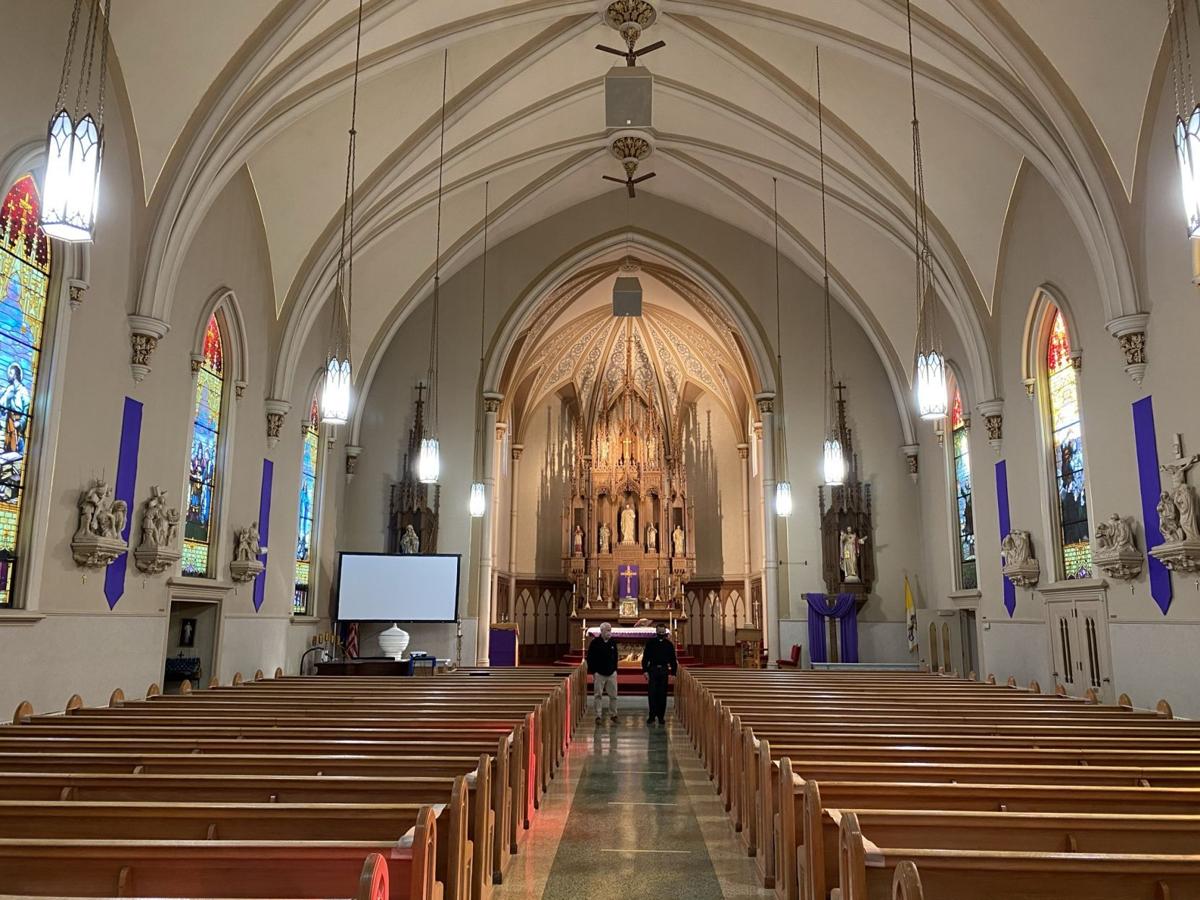

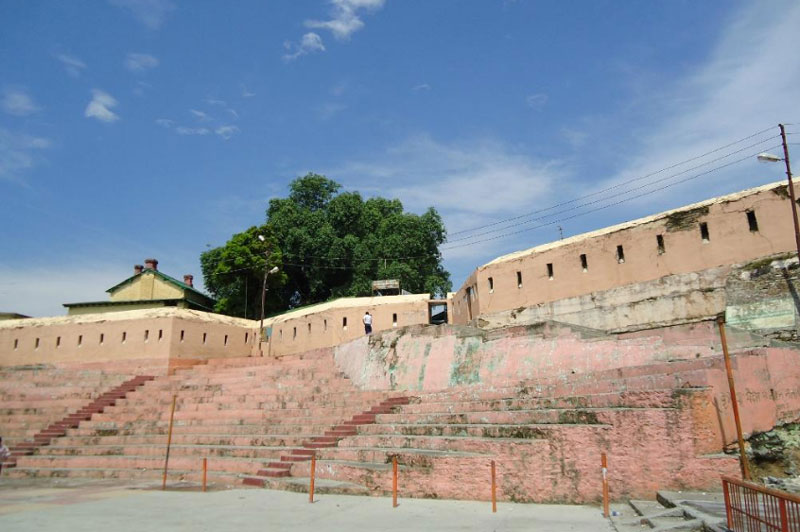



10 Comments
Comments are closed.